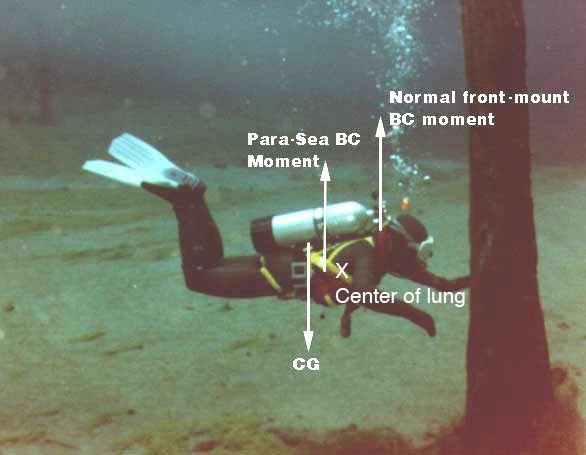InTheDrink
Contributor
So you can duck quickly, vertically, if you see a boat or jet ski approaching maybe? We have a thread recently moved from Accidents to some other forum about a diver who saw one approaching, couldn't sink fast enough, rolled over to kick down and lost his legs.
To clarify, I use buoyancy to get to my last stop at 15 feet, then kick up from there later. I like to be able to sink vertically to 15 if needed.
Yep, that's the ticket to be sure.
Neutral all the way to your safety stop. Negative from there so you can get down in a hurry should you need (and it also keeps your final ascent nice and gentle; I like taking the last 5m nice and slow anyhow)
J





 Sorry, too funny.
Sorry, too funny.